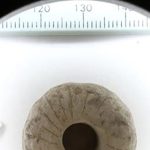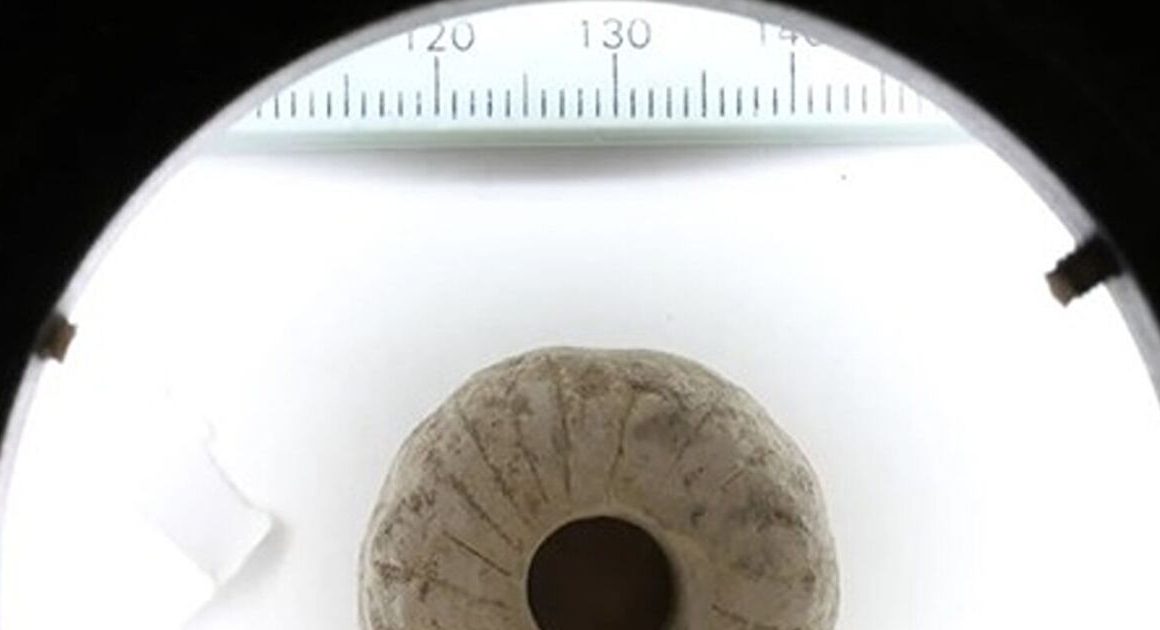The Belarusian city of Minsk is likely not high on many people’s bucket list.
The city has seen popularity amongst tourists decline in recent years, unsurprising given the behaviour of the country’s autocratic President Aleksander Lukashenko who has thrown his, and thus his nation’s, lot in with Russian President Vladimir Putin – making the country one of Russia’s only European allies.
The relationship has led to the British Foreign Office warning travellers against all but essential travel to the country and airliners suspending direct flights from the UK.
That said, the city is steeped in history and is jam-packed with incredible architecture and beauty spots.
Belarus fought bravely against Nazi occupation throughout the Second World War, best immortalised in the Daniel Craig film, and the capital’s Museum of the Great Patriotic War provides an exceptional account of the nation’s role in fighting fascism.
Elsewhere, the city’s abundance of open greenery and lakes, most notably the seven-hectare Independence Square offers a rare ability to escape into nature in the midst of a bustling city.
One of the most striking features of this city is the architecture, described by some as “marmite” due to its unparalleled ability to divide opinion.
The concrete structures straight lines scream of Soviet design leading reviewers on Trip Advisor to describe it as both “exceptional” and “ugly” with no general consensus on the truth.
The city’s unique ability to divide opinion on architecture is best displayed by the National Library of Belarus, built in part thanks to a half a million-dollar donation from Saddam Hussein which dominates the landscape due to its rhombicuboctahedron shape and glass frontage.
As the nation makes itself a pariah on the world stage, the ability of westerners to experience and explore the city of Minsk is all but denied. Just as Phoebe never followed David to the city, it is likely that you will have to consider other cities for your next getaway.












